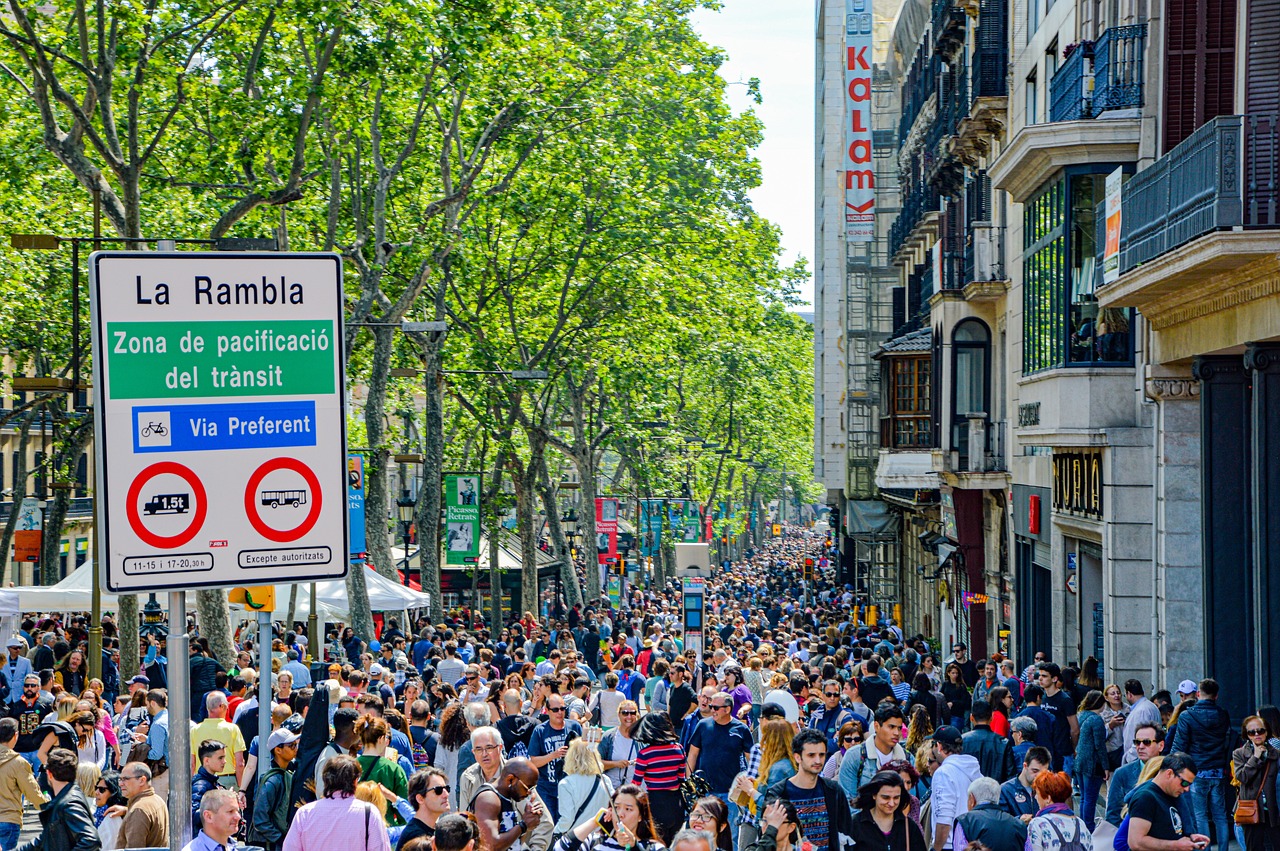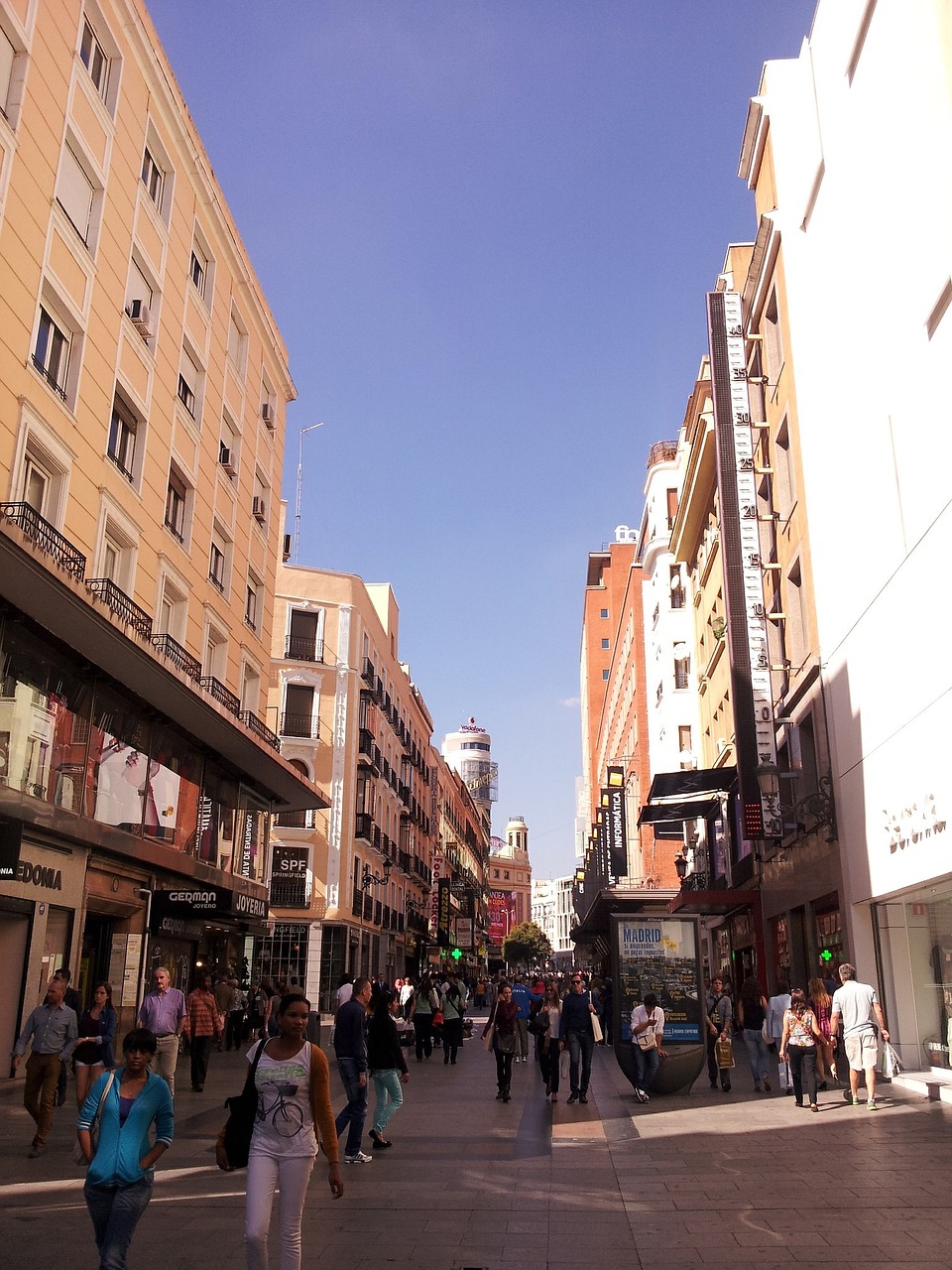Introduction to Spain’s seasons
Spain, a country known for its rich history, diverse culture, and breathtaking landscapes, also boasts a varied climate that changes with the seasons. From the sun-kissed beaches of the Mediterranean to the snow-capped peaks of the Pyrenees, Spain offers a unique blend of climatic experiences that cater to every traveler’s desire.
Geographical diversity and climate
Situated in the southwestern part of Europe, Spain’s geographical location plays a significant role in its climatic variations. The country is divided into several climatic zones, each with its distinct characteristics. The Mediterranean coast, including regions like Catalonia, Valencia, and Andalusia, typically enjoys mild winters and hot, dry summers. In contrast, the northern regions, such as the Basque Country, Asturias, and Galicia, experience an oceanic climate with cooler summers and moderate rainfall throughout the year.
The central plateau, encompassing Madrid and Castilla y León, witnesses a continental climate. Here, summers can be scorching, while winters are cold, sometimes even seeing snowfall. The Canary Islands, located off the northwest coast of Africa, have a subtropical climate, ensuring warm temperatures year-round.
Seasonal shifts and expectations
As the seasons transition, so does the country’s landscape and ambiance. Spring (March to May) is a delightful time to visit as the countryside bursts into bloom, and temperatures are pleasantly warm. Summer (June to August) is the peak tourist season, especially along the coastlines, where beachgoers bask in the sun and indulge in water activities.
Autumn (September to November) paints the landscapes in shades of gold and brown, making it an ideal time for wine tours, especially in regions like La Rioja and Ribera del Duero. Winter (December to February), on the other hand, is perfect for skiing enthusiasts, with resorts in the Pyrenees and Sierra Nevada coming alive.

Spring-Summer luggage essentials
As the cold winds of winter give way to the gentle breezes of spring, Spain undergoes a vibrant transformation. The terraces of cafes and restaurants become lively, beaches start to fill up, and festivals like La Feria de Abril in Seville or San Fermín in Pamplona attract tourists from all corners of the globe. Summer further intensifies the allure with its sun-soaked days and balmy nights. To ensure you’re well-prepared for this season, here are some luggage essentials tailored for Spain’s spring and summer.
Clothing essentials
- Lightweight clothing: Spain’s spring and summer can get quite warm, especially in the southern regions. Pack breathable fabrics like cotton and linen. Include short-sleeve shirts, sundresses, and shorts.
- Swimwear: Whether you’re heading to the beaches of Costa Brava or the Balearic Islands, a good swimsuit is a must. Also, consider packing a beach cover-up and flip-flops.
- Comfortable footwear: Spain is best explored on foot. A pair of comfortable walking shoes or sandals will be invaluable as you wander through the cobbled streets of historic towns or hike coastal trails.
- Evening attire: While casual wear is acceptable in most places, some upscale restaurants or events might require slightly formal attire. A light summer dress for women and a collared shirt for men should suffice.

Accessories and other essentials
- Sunglasses and hat: The Mediterranean sun can be intense. Protect your eyes with a good pair of UV-protected sunglasses and shield your face with a wide-brimmed hat.
- Sunscreen: A high SPF sunscreen is crucial to protect your skin from harmful UV rays, especially if you’re spending extended hours outdoors.
- Reusable water bottle: Staying hydrated is key. Carry a reusable water bottle that you can refill throughout the day.
- Beach bag: If you’re planning beach days, a beach bag to carry your essentials, including a beach towel, is a good idea.
- Light jacket or shawl: Evenings, especially in coastal areas, can get a bit chilly. A light jacket or shawl can be handy.
Popular activities and special gear
Spring and summer in Spain are filled with activities. If you’re planning to attend festivals, consider packing attire that aligns with the event’s theme. For instance, a flamenco dress for La Feria de Abril or white clothing and a red scarf for San Fermín. Adventure seekers heading to surf in Tarifa or hike in the Pyrenees should pack appropriate gear.

Autumn-Winter packing guide
As the golden hues of autumn paint the landscapes of Spain, the country transitions from the balmy summer to a cooler, more introspective season. By the time winter arrives, the mountainous regions are blanketed in snow, and even the usually sunny coasts experience a drop in temperature. This period offers a different kind of charm, from the grape harvest festivals in La Rioja to the magical Christmas markets in Madrid. To ensure you’re well-equipped for Spain’s autumn and winter, here’s a comprehensive packing guide.
Clothing essentials
- Layering is key: The secret to staying warm without bulking up is layering. Start with thermal innerwear and layer it with turtlenecks or long-sleeve shirts.
- Warm outerwear: Depending on where you’re headed, a medium-weight jacket might suffice for autumn. However, for winter, especially in the northern regions, a heavy-duty coat or down jacket is essential.
- Trousers and jeans: Thick trousers or jeans are ideal for the colder months. For those planning to visit snowy areas, waterproof pants are a good addition.
- Footwear: Closed, waterproof shoes or boots are a must. If you’re heading to snowy regions, consider insulated boots.
- Accessories: Don’t forget scarves, gloves, and beanies to keep your extremities warm.

Special considerations for activities
- Skiing and snowboarding: If you’re heading to the Pyrenees or Sierra Nevada for winter sports, pack your ski or snowboarding gear, including thermal socks and goggles.
- Festivals and events: Spain’s winter is packed with festivities, from La Tomatina to the Three Kings Parade. Depending on the event, you might need special attire or accessories.
Other essentials
- Moisturizers and lip balm: The cold can dry out your skin. Carry a good moisturizer and lip balm to stay hydrated.
- Umbrella or raincoat: Autumn can be rainy, especially in regions like Galicia. A compact umbrella or light raincoat can be handy.
- Backpack or day bag: A waterproof backpack or day bag is useful for carrying essentials while exploring.
Efficient packing tips
Traveling to Spain, with its diverse climates and myriad of activities, can be a dream come true. However, packing efficiently for such a trip can be a daunting task. Whether you’re heading to the sunny beaches of Costa del Sol or the snowy peaks of the Pyrenees, efficient packing ensures you have everything you need without the burden of excess baggage. Here are some expert tips to maximize space and avoid the pitfalls of overpacking.
The art of rolling and folding
- Rolling: This technique works best for items like t-shirts, jeans, and casual dresses. Not only does it save space, but it also minimizes wrinkles. Lay the item flat, fold the sleeves or any protruding parts, and roll from the bottom up.
- Folding: For stiffer items like button-down shirts or blazers, folding is more appropriate. Use tissue paper in between folds to prevent creases.
Use packing cubes
- Organize by category: Packing cubes are a traveler’s best friend. They allow you to organize your items by category, such as tops, bottoms, or undergarments. This system not only maximizes space but also makes unpacking a breeze.
- Compression bags: For bulkier items like winter jackets or sweaters, consider using compression bags. They can significantly reduce the volume of your clothes.
Avoid overpacking pitfalls
- Plan outfits in advance: Instead of packing individual items, think in terms of outfits. Lay out each outfit for each day of your trip. This method ensures you have everything you need and prevents overpacking.
- Limit shoes: Shoes can be the heaviest and most space-consuming items in your luggage. Limit yourself to two or three versatile pairs that can be used for multiple occasions.
- Travel-Size toiletries: Instead of packing full-size bottles, opt for travel-size toiletries. Alternatively, you can use refillable mini bottles. Remember, most hotels in Spain provide basic toiletries.

Utilize dead spaces
- Shoes as storage: The insides of your shoes can be used to store small items like socks, underwear, or chargers.
- Nooks and crannies: Once your main items are packed, look for small spaces to fit in last-minute additions like belts or scarves.
Consider a capsule wardrobe
- A capsule wardrobe consists of a limited number of versatile clothing items that can be mixed and matched to create various outfits. This concept is especially useful for longer trips to Spain, where you’ll encounter diverse climates and settings.
Year-round must-haves
Spain, with its rich history, diverse landscapes, and vibrant culture, is a top destination for travelers worldwide. While the country offers a varied climate across its regions, there are certain items that should always find a place in your suitcase, regardless of the season. These year-round essentials will ensure you’re well-prepared for any Spanish adventure.
Travel documents and essentials
- Passport and Visa: Ensure your passport is valid for at least six months beyond your planned date of departure. Depending on your nationality, you might also need a visa to enter Spain.
- European Health Insurance Card (EHIC): If you’re a European citizen, this card provides you with access to medically necessary healthcare during your stay (European Commission’s official website).
- Travel Insurance: Always a good idea to have, regardless of where you’re traveling. It can cover unexpected events like trip cancellations or medical emergencies.
Comfortable footwear
- Walking shoes: Spain is best explored on foot, whether you’re wandering the narrow alleys of Seville or hiking in the Pyrenees. A comfortable pair of walking shoes is a must.
- Sandals/flip-flops: Useful for beach destinations like Costa Brava or city visits during warmer months.
Versatile clothing items
- Lightweight jacket: Even during summer, evenings can be cool, especially in northern regions like Galicia or the Basque Country.
- Scarf or shawl: Useful for both warmth on cooler days and as a cover-up when visiting religious sites.
Electronics and adapters
- Universal adapter: Spain uses the European-style two-pin plug. A universal adapter ensures you can charge your devices.
- Portable charger: With so much to see and do, you’ll be using your phone or camera frequently. A portable charger can be a lifesaver.
Personal care and health
- Prescription medications: If you’re on any medications, bring them in their original packaging, along with a copy of your prescription.
- Sunscreen: The Spanish sun can be intense, especially during summer. Protect your skin year-round with a good SPF.
- Basic first-aid kit: Including band-aids, pain relievers, and any personal medical necessities.
Cultural respect
- Modest clothing: When visiting religious sites like cathedrals or monasteries, it’s respectful to wear modest clothing, covering shoulders and knees.
Miscellaneous
- Reusable water bottle: Stay hydrated while reducing plastic waste. Spain’s tap water is generally safe to drink, and there are numerous fountains in cities to refill.
- Spanish phrasebook or app: While many Spaniards speak English, especially in tourist areas, a few basic phrases can go a long way in making connections and enriching your travel experience.
In conclusion
Packing for a trip to Spain doesn’t have to be daunting. By ensuring you have these year-round essentials in your luggage, you’ll be well-prepared for any situation, leaving you free to immerse yourself in the beauty, culture, and warmth that Spain has to offer. Safe travels!
(For more travel tips and resources, consider visiting Spain’s official tourism website).





